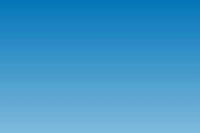
Men's International Soccer Nicknames Quiz
Whilst nicknames aren't as frequently used in men's international soccer as they are in the club game, most nations have a moniker that they are associated with. Match each country to the pictorial representation of its nickname to find the solution.
by jonnowales.
Estimated time: 3 mins.
- Home
- »
- Quizzes
- »
- Sports Trivia
- »
- Soccer
- »
- Worldwide Football











